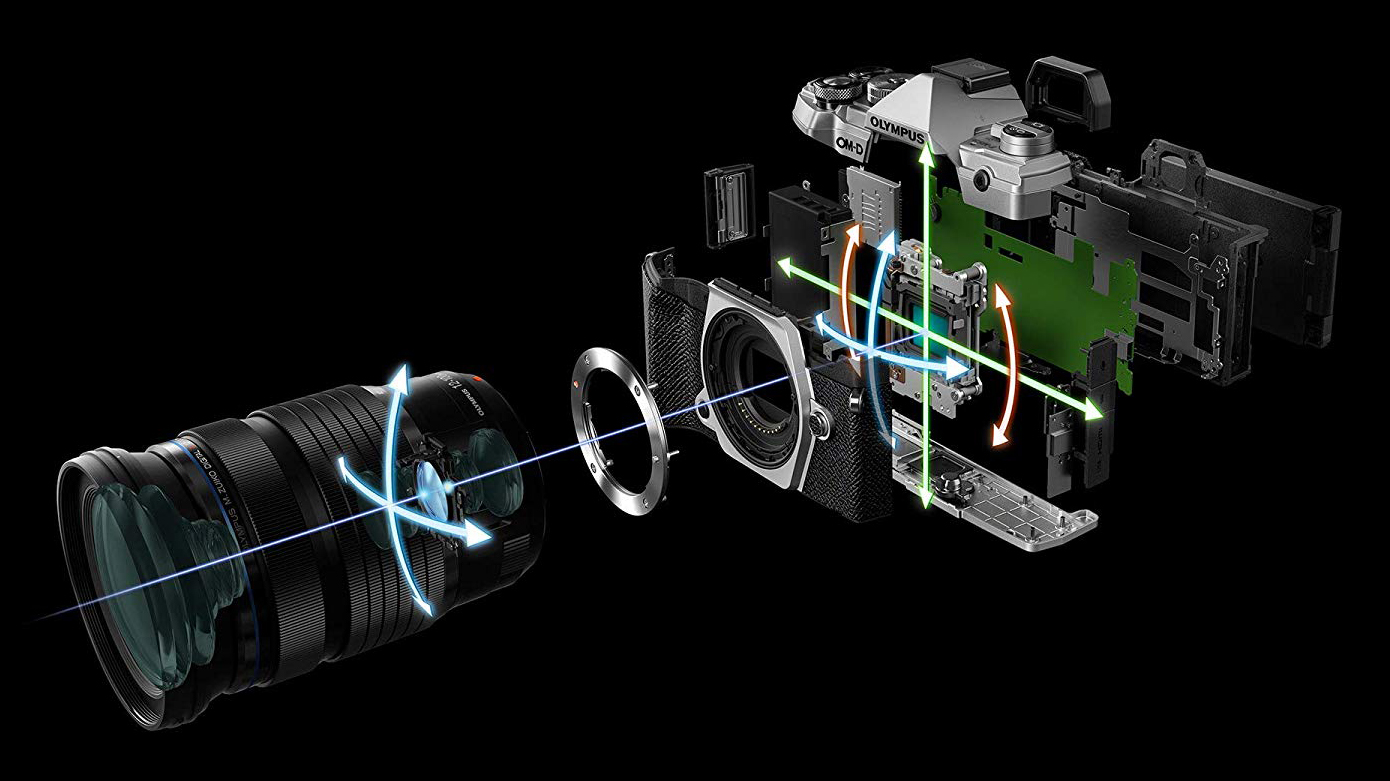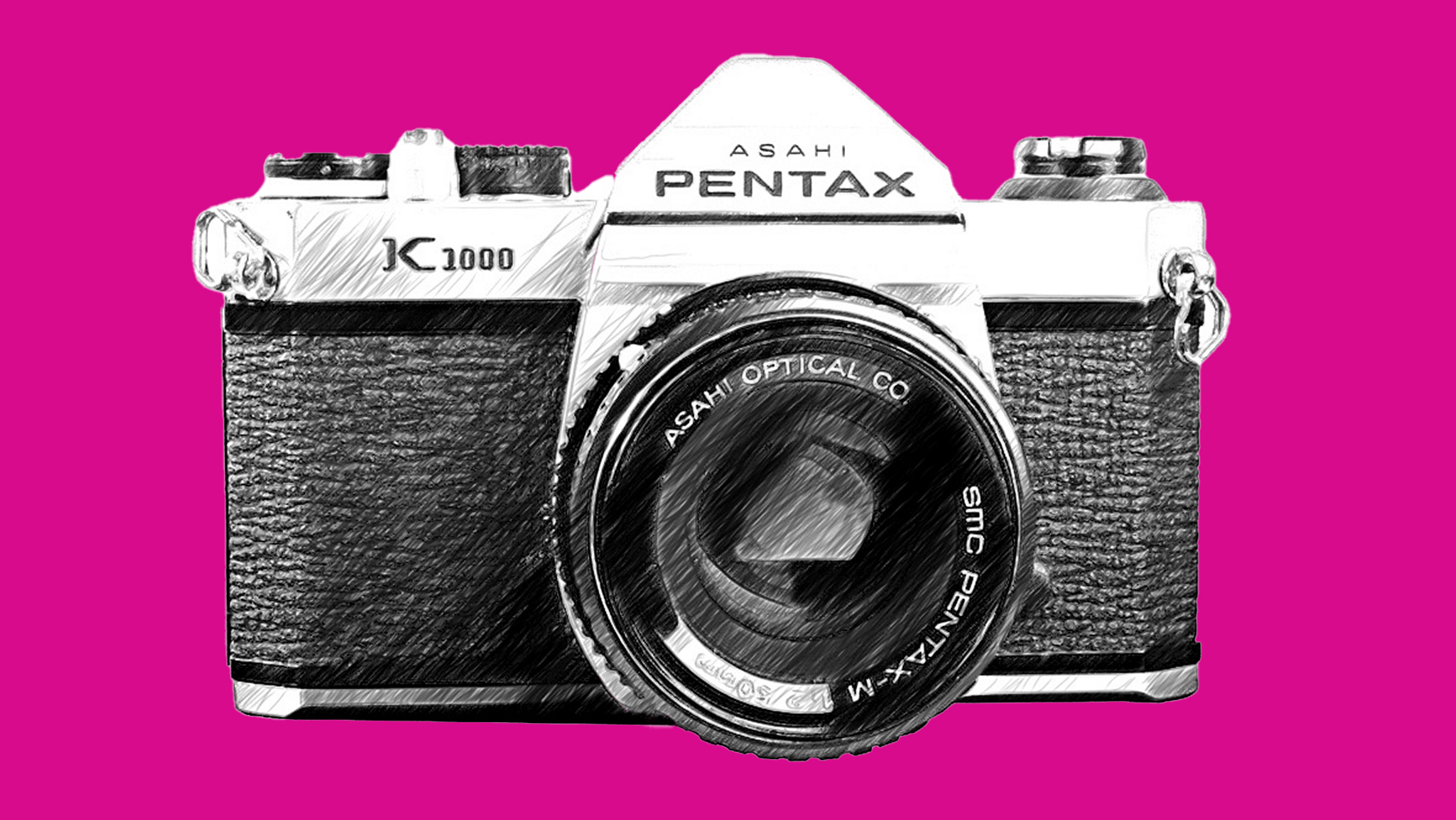What is image stabilization, and how does it work?
Image Stabilisation is a huge advantage when it comes to taking handheld shots in low light situations

Image stabilisation, also referred to as vibration reduction, optical stabilisation, vibration compensation, and shake reduction by different makers, is a way that your lens or camera body compensates for unwanted movement so you have a higher chance of getting a sharp shot. Image stabilisation really comes into its own when you are handholding the camera but cannot achieve a fast shutter speed and there is a strong likelihood of camera movement (shake) making your image slightly blurry.
An in-lens stabilisation system utilises a floating lens element. This element is controlled by a microcomputer that’s able to detect the movement and then reacts in the opposite direction to nullify the shake effect. In-body image stabilisation relies on technology that moves the sensor, rather than the lens. You can think of both systems as highly sophisticated shock absorbers.
When is stabilization useful?
Not all lenses or camera bodies come with an image stabilisation system – in fact lenses with image stabilisation are priced higher because you get this really useful functionality included. The big question here is, how much difference does an IS system make to getting sharp shots? It’s important to note that at very fast shutter speeds of 1/1000sec or more, or very slow shutter speed of under one second, an IS system is either not really that important (very fast shutter speeds) or can’t prevent some unwanted shake (very long exposures).
At the fast end, the shutter opens and closes so rapidly there is little time for camera shake to be an issue anyway, although keeping your IS switched on won’t do any harm. At a very slow shutter speed, the only truly effective way to stop camera shake is to place it on a solid tripod and fire the shutter by a remote release. In this situation you should switch image stabilisation off.
In fact, image stabilisation comes into its own when using shutter speeds in-between these two extremes.
For example, if you were handholding and shooting at a 1/15sec, then it’s likely that your image would be spoilt by some camera shake taking the edge of sharpness. But using IS can give you 3 to 4 stops of stabilisation, depending on your lens or camera body. So, if your lens gives you four stops of IS it means when you take a picture at 1/15sec you are ‘effectively’ achieving of 1/125sec, and that could be the difference between a sharp or blurred photo.
Camera shake vs subject movement
It's important to note that image stabilizers can counteract unwanted camera movement, but they have no effect on subject movement. If you want to 'freeze' a fast moving subject like an athlete, or a bird, then only a fast shutter speed will do it.
The best camera deals, reviews, product advice, and unmissable photography news, direct to your inbox!
Read more:
• Best cameras for sports
• Best cameras for low light
• Best telephoto lenses
Andrew makes his living as a photographer, videographer and journalist. For 26 years he was a specialist magazine editor, the last 13 of which were on Practical Photography magazine. A long-time expert in photographic techniques across many disciplines, he's a self-confessed photo generalist, and a font of creative knowledge to capturing just about any subject, although he has a strong leaning to wildlife and travel photography. Andrew's wide-ranging photography experience means he authors the long-running Photo Answers section for Digital Camera Magazine. His work as a journalist, guide and educator dovetails neatly into his commitment to Foto-Buzz - an online subscription community he founded, where Andrew writes articles, films tutorials and records blogs on all manner of photo-related subjects and techniques for enthusiast photographers.



